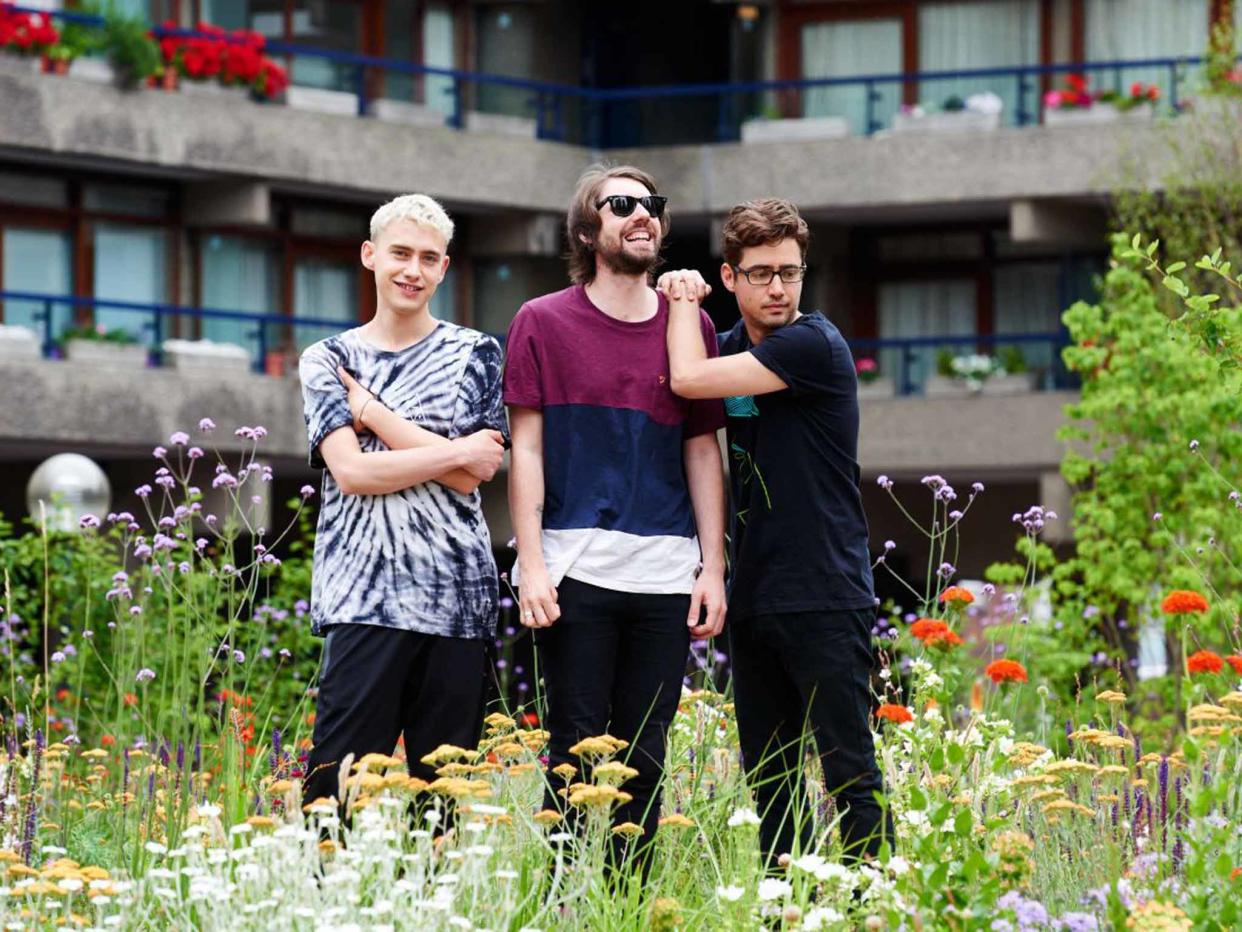As a gay man, I know how damaging it is to idealise the idea of the 'twink'

I downloaded Grindr as soon as my first iPhone was out of its box.
Being able to use the gay dating and hook-up app, which paved the way for the likes of Tinder and Bumble, was one of my main motivations for getting my first smartphone when I was 18. This probably sounds incredibly sad, but growing up in a place without a thriving gay scene made me desperate to find others who were like me.
Although I did have some pleasant exchanges with other gay men, I was surprised by the coldness of most interactions. People were often deliberately rude and, in some cases, cruel.
Grindr users divided themselves into groups (now known as “tribes”) based on their physical appearance. These included “otters”, “daddies” and “twinks”. While I had vague understandings of some of these words from secretly watching porn as a teenager, others were a mystery
The word “twink” was trending worldwide this week because a New York Times op-ed somewhat unhelpfully declared that we are now in the “Age of the Twink”. In gay culture, twinks are young, hairless and skinny men. The article referred to openly gay singers Olly Alexander and Troye Sivan, as well as heterosexual actor Timothée Chalamet, as examples of twinks who are thriving in popular culture.
But the article doesn’t discuss how both the pursuit and rejection of the twink aesthetic torments gay men. Nor does it explore how the gay community’s complex and often contradictory relationship with youth and masculinity hurts us all, whether we’re twinks or not.
In actual fact, it has been the “age of the twink” since the times of ancient Greece, where young slim adolescent men, known as “eromenos”, were courted by older men and used to provide sexual relief. Receiving anal penetration was highly stigmatised in ancient Greece, but if my first experiences on Grindr are anything to go by, nothing much has changed.
The word twink, which originates from the American golden spongecake snack with cream filling, immediately casts younger effeminate men as “bottoms” who play submissive roles in sex. Those perceived as twinks can be disregarded by men who prefer “real” masculine men, or who think effeminate men are in some way “letting down” the community. But they are also often dehumanised and characterised purely as objects for sexual pleasure by those who pursue them.
Twinks can also be vulnerable to violence. A friend of mine was the victim of a homophobic attack while he was at university. Shame and self-blame partly motivated him to bulk up massively, gaining four stone to shed his twink image and get “less hassle”.
The New York Times article is a stark reminder of the unattainable expectations that gay men place on ourselves. Encasing each other in these boxes or “tribes” hinders us from using our emotions and treating one another with humanity. The fact that the world’s most popular gay dating app, which is the first experience of the wider community for so many gay men, asks us to categorise ourselves this way is concerning.
The Times’ placing of young skinny, hairless and mostly white men as the new ideal is not only tone deaf, but hugely irresponsible when considering how prone gay men are to body confidence issues and eating disorders.
Gay men are thought to only represent roughly 5 per cent of the total population, but 42 per cent of male eating disorder sufferers identify as gay. Gay men are also 12 times more likely to be bulimic compared to heterosexual men. British synthpop band Years and Years frontman Alexander, who is mentioned in the piece, has been open about his struggle with bulimia as he came to terms with his sexuality. How could the author not think it relevant to mention this while glorifying his body?
The fetishisation of twinks leaves many gay men desperate to preserve their bodies and youth. The culture of apps such as Grindr left me craving objectification, even though I knew it was harming me. As I developed dark body hair, I was repeatedly told that this was not desirable on a young, slim man like me. I can’t tell you the amount of times I was blocked without explanation after sending a photo of my body.
Just like when someone at school would say “that’s so gay” to describe something defective or unwanted, this stung every time, but was even worse as the feeling of rejection was being inflicted by members of my own community. Even now, years older and in a relationship, I still feel uncomfortable taking my top off in front of people.
In a tweet which went viral this week, a Twitter user felt compelled to remind gay men with a waist larger than 32 inches that “floral prints just aren’t for” them. The cruel tweet sparked a backlash, but it seems only the natural consequence of the way that gay men are told communicate with and categorise each other from the moment we take our first “thirst trap” selfie.
In a community still ravaged by rejection and confidence issues, we could all do with being kinder to each other. Forsaking such shallow labels, which ultimately restrict us all, would be a great place to start.

 Yahoo News
Yahoo News 
